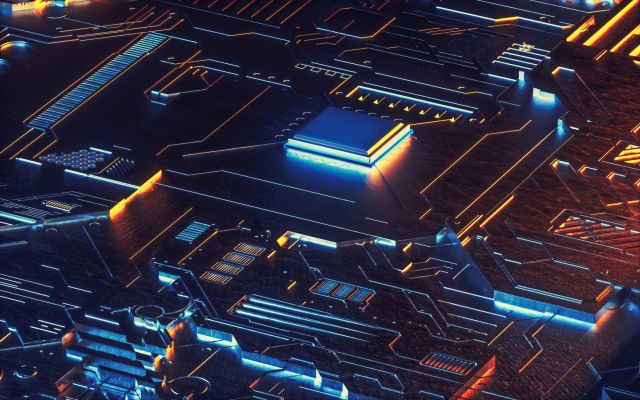Advanced, others might like.
The exact gene that caused stem cell aging has been identified.
Above – When mesenchymal stem/stromal cells (MSCs) age, the transcription factor GATA6 is increasingly produced in the cell to induce aging response. By transcription factor-based cellular reprogramming, aged MSCs are rejuvenated with a reduction in GATA6 effects on cellular aging. CREDIT AlphaMed Press
University of Wisconsin-Madison researchers found that the expression of GATA6, a protein that plays an important role in gut, lung and heart development, was repressed in the reprogrammed cells compared to the control cells. This repression led to an increase in the activity of a protein essential to embryonic development called sonic hedgehog (SHH) as well as the expression level of yet another protein, FOXP1, necessary for proper development of the brain, heart and lung. “Thus, we identified the GATA6/SHH/FOXP1 pathway as a key mechanism that regulates MSC aging and rejuvenation,” Dr. Li said.






